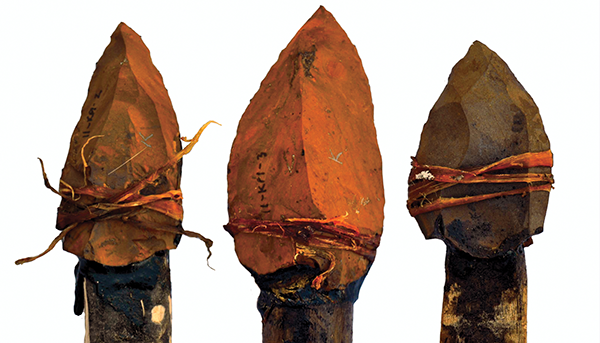How did you know where to find Lucy? w/ Donald Johanson
Donald Johanson, credited with discovering the Australopithecus afarensis skeleton known as "Lucy" in 1974, talks about how he knew where to start looking.
Look for more videos in this series, as we ask prominent anthropologists to answer some of your most compelling questions.
Have a question for us? Submit it to our experts!
Donald Johanson: I’m Donald Johanson and I am founding director of the Institute of Human Origins at Arizona State University.
Question: How did you know where to find Lucy?
Johanson: Well, we didn't know exactly whge we would find Lucy.
We knew that the Great Rift Valley of East Africa, which has been a source of fossils to many many expeditions, was a very good place to look because it was a deep canyon down into ancient layers of rock, particularly. Lakes and river deposits and a archaeologist -- geologist by the way, a geologist -- French geologist had been surveying in the northeastern part of this Great Rift Valley in Ethiopia which is known as the Afar triangle and he saw lots of sediments -- sands and clays and so on -- but he also saw that they were filled with fossil remains of all kinds of mammals. Everything from elephants to rodents.
And he asked me to to go with him to survey and to look at it from the perspective as an anthropologist as to whether or not we might find human ancestors there. And I made that prediction in 1972, and in 1973 we began to find remains. In 1974 I think probably the most famous of all of those fossils was a skeleton -- partial skeleton -- known as Lucy.
At 3.2 million years, this is a reconstruction of what her skull might have lookeds of some of our earliest ancestors that lived between threpened up for us a whole new window into human origins. So we didn't know exactly where to look but we knew that looking in lake and river deposits was a very good possibility because there were so many mammale and three and a half million years ago and in 19 like. We now have complete skulls of her species, but this o fossils that were already found in those layers.
Be Part of
Ask An Anthropologist
By volunteering, or simply sending us feedback on the site. Scientists, teachers, writers, illustrators, and translators are all important to the program. If you are interested in helping with the website we have a volunteers page to get the process started.

